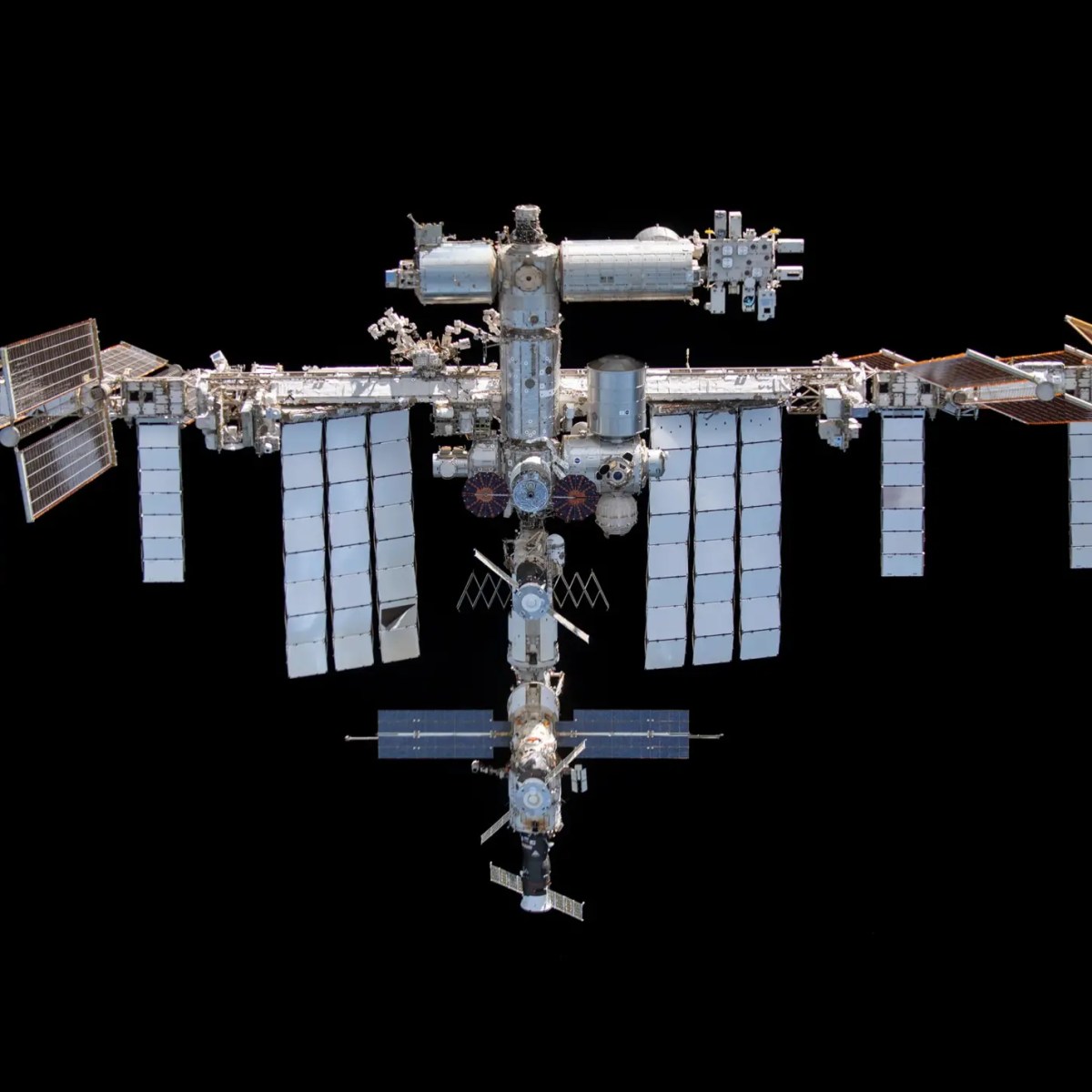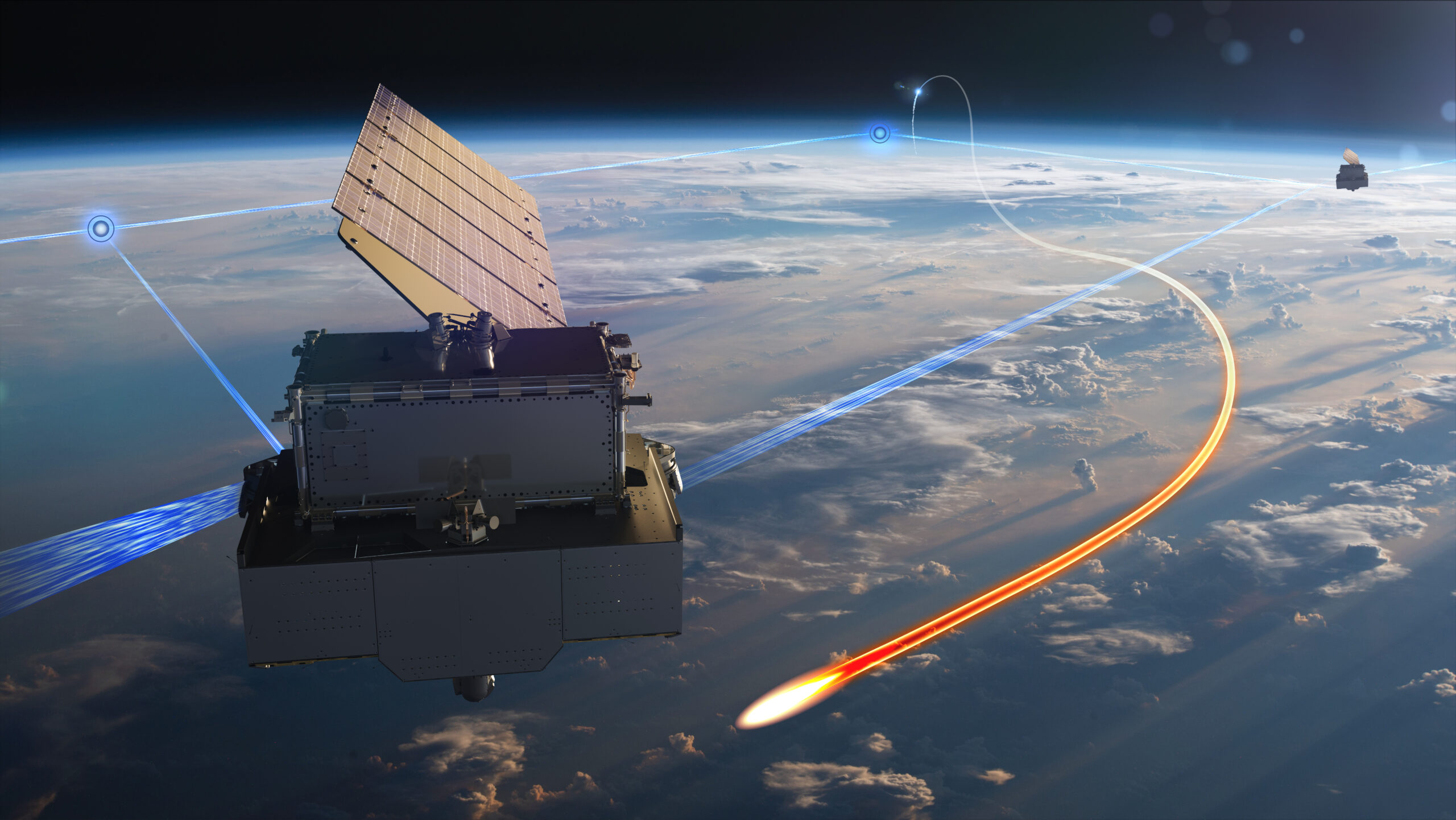WASHINGTON — NASA is playing down concerns raised in a recent report about a long-running air leak in the Russian segment of the International Space Station, saying they have recently reduced the rate of the leak.
A report by NASA’s Office of Inspector General released Sept. 26 noted that, in June, the ISS program had elevated a leak in a section of the Russian Zvezda module “to the highest level of risk in its risk management system.” NASA uses a system where both the likelihood and severity of a risk is rated on a scale of one to five; the leak rated a five on both.
That assessment came after NASA reported that the leak, in a vestibule of the service module known as PrK that separates a docking port from the rest of the module, had increased in February. The leak was first detected in 2019 but had recently doubled. According to the OIG report, by April the leak had grown to nearly 1.7 kilograms per day, the highest rate recorded yet.
At a Sept. 27 briefing ahead of the launch of the Crew-9 mission to the ISS, NASA officials said that there had been progress in reducing the leak rate. Robyn Gatens, director of the ISS program at NASA Headquarters, said recent repair work had reduced the leak rate by about one third.
“We’ll continue to work with them to understand the sources of the leak and how they affect the operation of the space station,” Jim Free, NASA associate administrator, said of cooperation with Roscosmos on the leak investigation.
The root cause of the leaks remains under study, but “both agencies have narrowed their focus to internal and external welds,” the OIG report, adding that similar leaks have not been found elsewhere on the station.
Station crews keep the hatch to PrK closed when not in use, mitigating the impact of the leak. If the leak worsens, a long-term solution would be to permanently close the hatch, but that would deprive the station of a docking port used by Progress and Soyuz spacecraft.
“According to NASA, Roscosmos is confident they will be able to monitor and close the hatch to the Service Module prior to the leak rate reaching an untenable level,” the report stated. “However, NASA and Roscosmos have not reached an agreement on the point at which the leak rate is untenable.”
The PrK leak was one of several challenges NASA faces in keeping the ISS operational through the end of the decade, according to the OIG report. It also cited potential supply chain issues getting spare parts needed for ISS repairs, ongoing issues with certification of Boeing’s CST-100 Starliner to provide a redundant crew transportation capability and growing orbital debris risks.
The report also identified issues with the end of the ISS itself. NASA awarded a contract to SpaceX in June to develop a deorbit vehicle for the ISS based on the company’s Dragon spacecraft. The deorbit vehicle will provide the final push for a controlled reentry of the station, targeting a corridor of open ocean 2,000 kilometers long.
The report, though, stated that development of that deorbit vehicle faces budget and schedule risks that create doubts it will be ready by the end of the decade. It noted that the current schedule calls for launching the deorbit vehicle five and a years after contract award, while the average time for major NASA spaceflight programs from award to launch is eight and a half years. NASA, OIG stated, hopes that the use of a derivative of the existing Dragon spacecraft will shorten that schedule.
OIG also stated that the deorbit plans also assume Russia will remain involved in the station and contribute two Progress vehicles. Roscosmos has agreed to cooperate on the ISS only through 2028, which agency officials previously said is linked to Russian policies to extend the station four years at a time. NASA officials told OIG that they expect discussions with Roscosmos on deorbit plans to ramp up in 2025 and 2026.
“However, without commitment from Russia to the current deorbit plan, the ability to conduct a controlled deorbit is unclear,” the report warned.



